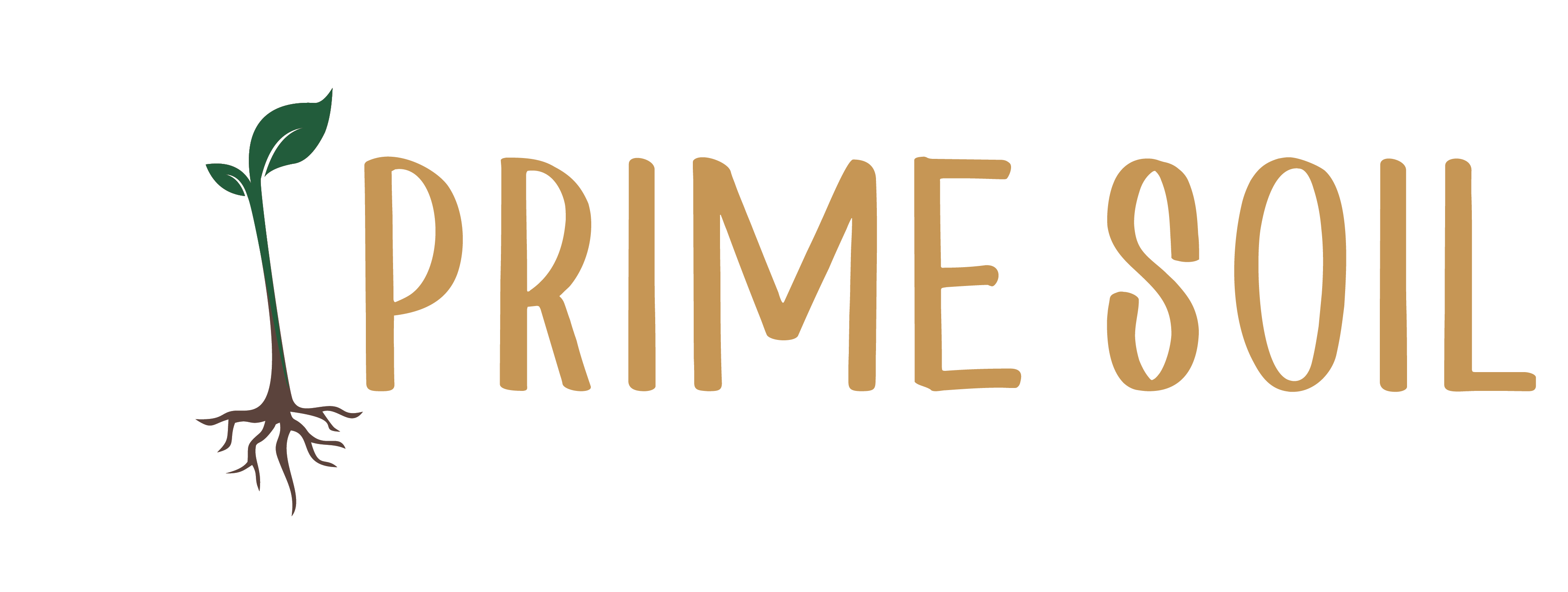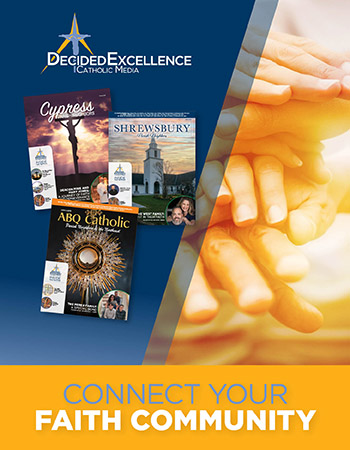After Adam and Eve, the world degenerated rather quickly. Adam and Eve’s own son Cain committed the first murder when he killed his brother Abel out of jealousy of God’s blessing. Cain’s descendents then grew in pride and violence. Sin became rampant throughout the world, until there was not one righteous person except Noah and his family which consisted of his wife and three sons (Ham, Shem, and Japheth) and their wives.
As we enter the story of Noah and the ark, there are a couple of things to remember. First, the story is found in Genesis 1-11 which is the genre of Hebrew Poetry. We recall that we are looking to understand the “why,” of the story and not the exact factual “how.” Second, this story has typological significance. Typology is the study of literature (often in scripture) in which a story connects to a future reality. In His authorship of the scriptures, God employs this tactic constantly to reveal Himself to us through His Word by the power of the Holy Spirit.
With this being said, the story of Noah’s Ark is true in the message of justice and mercy that it is trying to convey. In addition, there is historical evidence of a massive flood taking place in the Mesopotamian region, and possibly the surrounding areas.
Just like the story of Creation, we see two Noah and the ark stories. The first, giving us the larger picture introduction, and the second narrowing its focus on the emphasis of the story. God tells Noah of His plan for justice. Due to widespread sin, God is going to eliminate the unrighteous (everyone except Noah and his family) through a flood. He instructs Noah to build and ark to keep his family and animals safe. The rain waters will last for 40 days and 40 nights, and it will take even longer for the flood waters to subside.
Noah does as instructed, enduring ridicule and shame. Yet God was faithful to His promise, and everything happened as He foretold. After the flood waters began to subside, Noah sent out birds to gather signs to see if it was time to land the ark. It wasn’t until a dove came back with an olive branch that Noah knew the ordeal was coming to an end. When Noah finally lands, he makes a sacrifice to God, and God enters into a covenant with Noah and the human race. God promises never again to flood the earth as a means of destruction, and He marks the covenant with a rainbow.
This is a story that nearly every Catholic School/CCD program tells their children, and it can be taught as something like a fairy tale with a moral: Be good and God will save you. However, as children get older, they begin to question why a loving God would do such a thing, or they write it off as impossible. To understand this story, we need to address the reality of the nature and consequences of sin.
As God promised in the Garden of Eden, the consequence of disobeying His command is death. Not that God is a vengeful god, but that we were created for perfection, and entering a life of sin naturally brings about the disorder of sin and death. The men and women of the time period were thieves, murderers, participated in human sacrifice, and committed a whole host of sexual sins. Justice for their sins (and ours) was death. God regretted creating humans because they were not living the life that was meant for them. They were enslaved by sin. So God turns to flood waters to execute His justice.
The waters of the flood are a typological reality pointing to the waters of Baptism, that Jesus makes a sacrament at His baptism and on the cross. Just as the waters of the flood cleanse the earth of men and women enslaved by sin, so also do the waters of Baptism wash us of our sin. The Ark that Noah built is a typological reality pointing to the Church built on the rock of St. Peter, the Apostles, and Jesus’ first disciples. Just as the Ark is a symbol of mercy to Noah and His family due to their righteousness, the Church allows us to enter into the mercy found in the Body of Christ (the Church) and His righteousness.
Yet, as Noah and His family enter the ark, it is only the beginning of their time of trial. Here we see the number 40 enter into the Bible for the first time, which in Jewish numerology signifies a time of purification and waiting. Likewise, as we enter the Church, it is only the beginning of our relationship with God. There will be times of trials to purify our souls and their attachment to sin.
When the waters have subsided, the dove (symbol of the Holy Spirit) brings back an olive branch (symbol of peace). As Noah and his family exit the ark, they enter a new earth, one that has been purified. Just as we exit the ark of the Church of pilgrimage in this life, we enter the Church triumphant in heaven and know of the promise of a new heaven and earth at Jesus’ second coming.
Finally, God hangs up His rainbow in the sky. In those days a bow (and arrow) was a sign of war. By hanging His bow in the sky was a signal that God’s justice was giving way to His mercy (in Jesus the two become one). He also promises never to destroy the earth with water. Rather, God is now shifting His gaze to setting the world afire with his love. Just as tongues of fire at Confirmation follow the waters of Baptism, so also does the fiery love of Jesus follow the cleansing waters of the flood. Jesus tells us “I have come to set the earth on fire, and how I wish it were already blazing!” (Luke 12:49) As we look forward to the second coming of Jesus, fire is in our future: burning heart of God, or the fires of Hell. In both of these, just as in the story of Noah, we find God’s mercy and His justice. It is up to us to decide whether we want an eternal life of sin and torment or loving communion with our heavenly Father.






